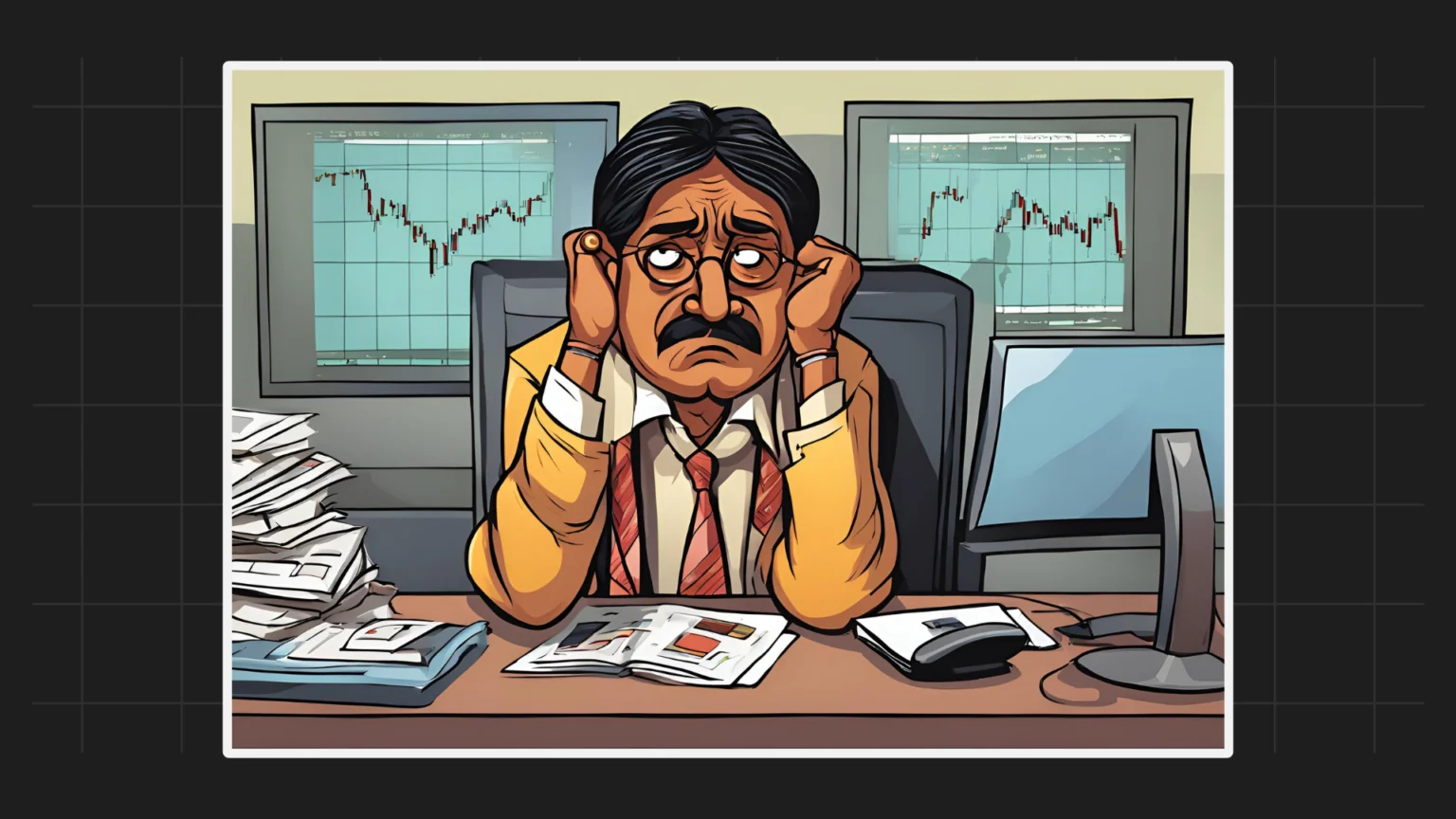Balancing Returns and Volatility in Investments
When it comes to investing, most people chase high returns without considering the associated risks. While returns are undeniably important, understanding and managing volatility—the ups and downs in asset value—plays an equally critical role in long-term wealth creation. Let’s dive into how balancing returns and volatility can lead to better financial decisions.

The Magnetic Pull of High Returns
Investors are often drawn to investments promising the highest returns. If one strategy or fund yields 20%, they’re quick to abandon it for another offering 30% or 40%. However, higher returns often come with higher volatility and risk. The key question to ask yourself is: Can I handle the risk involved in chasing higher returns? If not, the journey toward wealth creation may become stressful and unsustainable.

The Role of Stability in Wealth Creation
Wealth often grows more consistently in asset classes with lower volatility. Take real estate, for example. Many success stories revolve around properties bought decades ago that have appreciated significantly over time. Real estate’s appeal lies in its slow-moving nature, minimal daily price fluctuations, and high entry and exit costs. These factors discourage impulsive decisions and help investors stay committed for the long term.
The Volatility of High-Risk Assets
Contrast real estate with Bitcoin or other cryptocurrencies. Bitcoin has delivered staggering returns, rising from $300 to tens of thousands of dollars over the past decade. Yet, its path has been marked by extreme volatility, with drawdowns of 93%, 84%, and 77%. Such steep declines can be emotionally and financially devastating, especially for investors with significant exposure or those in critical life stages. It’s easy to admire Bitcoin’s growth retrospectively, but living through its fluctuations requires a high tolerance for risk.
Stock Market Risks and Rewards
The stock market is another example where understanding volatility is crucial. While indices like the Nifty 50 have grown over time, they’ve also experienced sharp declines, including a 70% fall in 2008. Individual stocks have fared worse, with some losing 95% of their value during downturns. This highlights the importance of diversification and avoiding overexposure to any single asset or sector.
Understanding Risk and Diversification
Investing is not just about chasing returns—it’s about balancing risk and reward. Here’s how you can approach this:
Assess Your Risk Tolerance: Understand your ability to handle losses. If you can’t stomach significant drawdowns, avoid highly volatile assets.
Diversify Your Portfolio: Spread your investments across asset classes like stocks, real estate, gold, and mutual funds. Diversification reduces overall risk while offering balanced returns.
Understand the Phases of Investments: Stocks and other assets often go through phases. Companies that perform well today may lose market share to new competitors in the future. Don’t assume past performance guarantees future success.
Align Investments with Goals: Choose investments based on your financial goals, time horizon, and personal risk appetite.
WeekendInvesting launches – PortfolioMomentum Report
Momentum Score: See what percentage of your portfolio is in high vs. low momentum stocks, giving you a snapshot of its performance and health.
Weightage Skew: Discover if certain stocks are dominating your portfolio, affecting its performance and risk balance.
Why it matters
Weak momentum stocks can limit your gains, while high momentum stocks improve capital allocation, enhancing your chances of superior performance.
Disclaimers and disclosures : https://tinyurl.com/2763eyaz










